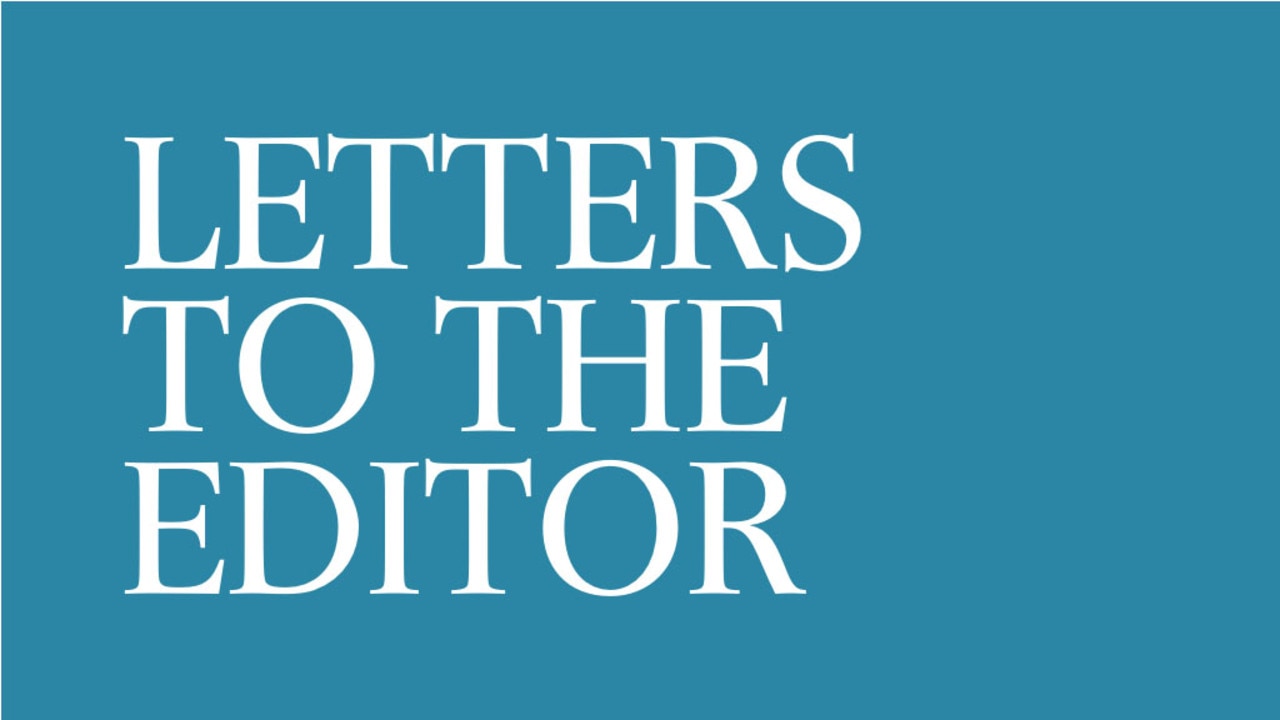Praise for fair coverage of both sides of voice debate
The Australian is to be applauded for publishing commentary on both sides of the voice debate.
I have been persuaded for some time by a number of arguments against the proposal: it will give one section of the Australian population a constitutional right not available to others; there are differences of opinion as to whether decisions made by the government or parliament after listening to the voice will be justiciable; we haven’t been given enough detail to form a considered opinion – an objection that may be ameliorated, if not removed, by the Prime Minister’s sudden change of approach; and doubts as to whether it will do anything to close the gap.
Now Janet Albrechtsen (“Thorpe wants separatism rather than reconciliation”, 11-12/2), effectively prompted by Lidia Thorpe, has added to those arguments: the voice is apparently intended to be a first step towards a treaty, under which Indigenous Australians will share sovereignty with non-Indigenous Australians – a concept I can’t begin to comprehend.
The same issue of The Weekend Australian contains an explanation by Peter Malinauskas of how the proposed legislated voice in South Australia will be configured and operate (“Malinauskas’ practical blueprint for state voice”, 11-12/2).
I find his approach unobjectionable, and it strongly confirms my existing opinion that the preamble to our Constitution should be expanded to include recognition of Aborigines’ prior occupation of our country – a proposal that should surely receive overwhelming support – and the voice should be the subject of parliamentary legislation, not constitutional amendment.
Tony Barnett, Kangaroo Valley, NSW
So Chris Kenny (“15 questions, now for the answers”, 11-12/2) is trying to explain the voice on behalf of the Yes campaign by attempting to answer Peter Dutton’s 15 questions. Kenny’s longtime association with the voice proposal is well known and he is clearly, and understandably, unimpressed by the Prime Minister’s lacklustre performances in support of it.
Kenny’s answers, however, are wishy-washy and include conditional, vague and uncertain language, much like Albo’s.
Kenny seems to have been left behind in something of a debate time warp. The questions that he tries, but absolutely fails, to answer are so yesterday. The debate caravan has moved on.
The conversation is now really about the issue of the voice providing the constitutional foundation for black sovereignty and the consequences, intended and unintended, that will flow from that.
Graeme Watson, Sandringham, NSW
Chris Kenny has helped progress the Indigenous voice debate by answering the 15 questions asked by the Leader of the Opposition.
Interestingly, a number of these answers were put into practice by Shane Stone when he was co-ordinator general of the various iterations of the body created to lead the commonwealth’s natural disaster arrangements. Stone created the mantra, “locally led, locally understood and locally implemented”, and he and many staff travelled widely to give effect to the mantra.
His relatively small organisation also never tried to do it all, but rather knew who did what in other agencies, what data they kept and what questions they should be asked to help improve natural disaster outcomes. Sounds like one model for the Indigenous voice.
Ken Clarke, Tweed Heads, NSW
A constitutional voice affords the right to be heard, and that is all. What the government does with the advice is for it to decide. To label the voice a “third chamber of parliament” was always alarmist and incongruous. Louise Clegg (“Legal implications should send a shiver up our spines”, 11-12/2) has relabelled the voice “a novel and unprecedented advisory fourth arm of government”.
To advise and to govern are not the same. Good government heeds advice but is not beholden to it.
First Nations people have habitually not been heard. Australian democracy can cope with, and indeed benefit from, the voice.
Craig Brown, Eaglehawk Neck, Tas



To join the conversation, please log in. Don't have an account? Register
Join the conversation, you are commenting as Logout